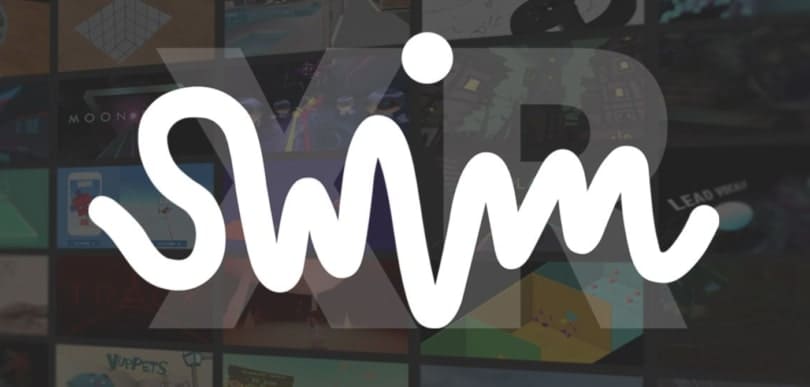The company shows in a talk how it is possible to reduce the burden without sacrificing loyalty.
More than 50 titles will be part of the launch catalog of Oculus Quest, Oculus ‘ new standalone gaming viewer. Some of them will be ports of Rift games, such as Superhot VR or Dead and Buried, so we all wonder how the quality reduction that these games will experience in the new device will be. To get an idea, Oculus in his talk “Porting your app to Oculus Quest” has shown an example with the game Dead and Buried, which we can see in the following video from minute 9.
As we can see in the video (or in the image in the header of the news), on the right we have the version of Quest and on the left that of Rift. At a first glance what most draws attention is the lighting of the scene. For the rest, the game apparently has a similar aspect in the rest of the objects, although if we look at them in detail we can appreciate the smaller number of polygons of some of them.
Techniques for porting games from Rift to Quest: Pre-calculate lighting, reduce meshes, reduce load, compress textures, create an overall texture and simplify shaders.
In the video, Gabor Szauer, Oculus Developer Relations Engineer, talks about different techniques to reduce precisely the load needed for scenes. To give us an idea, the weapon goes from having 5 textures and 6,917 polygons to only 1 texture and 33 polygons. Logically, it will depend on the developer and the game itself that is more or less faithful to their version of Rift, but it is possible that we will see many very similar titles, as long as the studio uses all these good practices.









